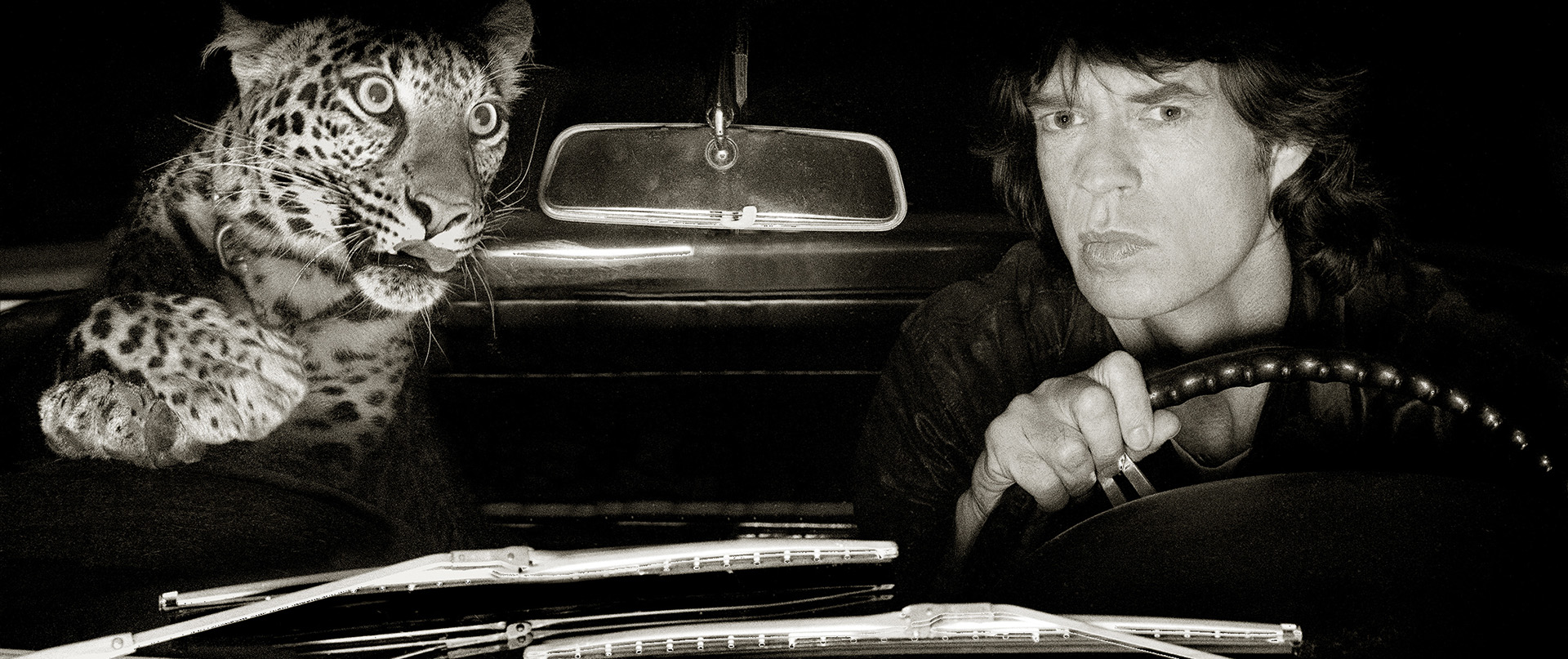A singular figure in photography, Albert Watson shares wisdom gleaned from half a century behind the camera.

You’re getting blind.
Don’t miss the best of visual arts. Subscribe for $9 per month or $108 $90 per year.
Already suscribed ?


You’re getting blind.
Don’t miss the best of visual arts. Subscribe for $9 per month or $108 $90 per year.
Already suscribed ?

You’re getting blind.
Don’t miss the best of visual arts. Subscribe for $7 per month or $84 $70 per year.
Already subscribed? Log in